In This Article
Need a Mediterranean island escape with beaches, ruins, and mountain villages? Head to Crete! Greece’s largest island offers an irresistible blend of ancient history, dramatic landscapes, and Cretan hospitality. Whether you're wandering palace ruins, hiking gorges, or lounging on pink-sand beaches, Crete is a cultural and scenic treasure in the Aegean Sea.
Crete, Greece Highlights:
- For Adventurous Travelers: Hike the Samaria Gorge – Trek one of Europe’s longest gorges through rugged cliffs and riverbeds to the Libyan Sea.
- For History Buffs: Explore the Palace of Knossos – Walk among the ruins of the ancient Minoan civilization near Heraklion.
- For Shoppers: Browse the Old Town markets of Chania – Find olive oil, herbs, leather goods, and local ceramics in a Venetian-style setting.
- For Couples: Watch the sunset in Elounda or Chania – Savor wine and waterfront views at romantic seaside tavernas.
- For Families: Swim and play at Falassarna Beach – Wide, sandy shores and calm turquoise waters ideal for all ages.
When I like to visit Crete, Greece
The best time to visit Crete is late spring through early fall (May through October). Summer offers beach weather and festivals, while May, June, and September provide fewer crowds and milder heat. Spring is also ideal for hiking, wildflowers, and cultural exploration.
Tips for getting to Crete, Greece
- By Air: Fly into Heraklion (HER) or Chania (CHQ) airports with direct flights from Athens and many European cities.
- By Ferry: Daily ferry service connects Crete (mainly Heraklion and Chania) to Piraeus port in Athens.
- By Car: Renting a car is the best way to explore Crete's diverse regions, from mountains to coastlines.
Where I like to stay in Crete, Greece
- Domes Noruz Chania – Adults-only beachfront resort offering luxury, wellness, and views of the Aegean Sea.
- Casa Delfino Hotel & Spa – Elegant boutique hotel housed in a Venetian mansion in Chania’s Old Town.
- Blue Palace Elounda – High-end resort near Spinalonga Island with infinity pools and fine dining.
Unique Attractions
1. Visit The Palace at Knossos

© banepetkovic/stock.adobe.com
The Palace at Knossos is believed to be Europe’s oldest city, with roots going back over 8000 years. Settled during the Neolithic period and later expanded by the Minoans between 1700 and 1300 BC, this massive site is more than just ancient ruins—it’s a full-on step back in time.
Highlights:
- Vast archaeological site spanning over five acres
- Home of the legendary Minotaur myth
- Partial reconstructions by Sir Arthur Evans in the 1920s
- Optional guided tours for deeper historical insight
- Close to Heraklion, making it easy to reach
Pro Tip:
Wear comfortable walking shoes and bring plenty of water—this is a large site with limited shade. A guided tour can really bring the Minoan world to life if you’re into stories and legends.
Knossos, Heraklion 714 09, Crete, Greece
Phone: +30-2810-231940
knossos-palace.gr
2. Phaistos
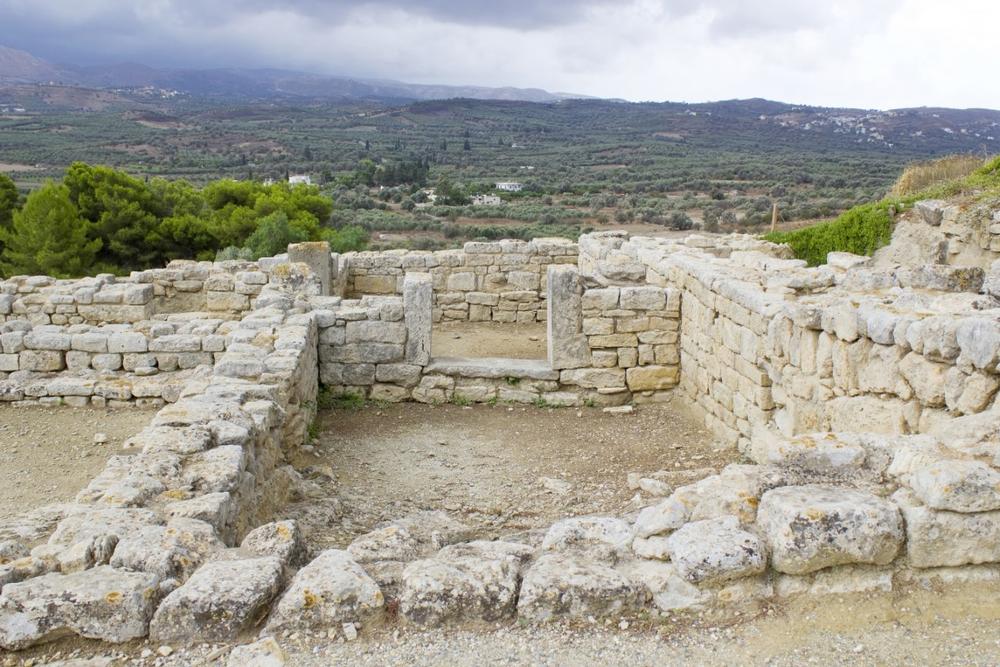
© Mira Drozdowski/stock.adobe.com
Tucked into the rolling hills of southern Crete, the Palace of Phaistos sits just below the towering peak of Psiloritis. Built between 1900 and 1700 BC, it's believed to be the oldest palace on the island—and it’s got a peaceful, open vibe that makes exploring a real treat.
Highlights:
- One of the earliest Minoan palaces on Crete
- Gorgeous mountain and valley views
- Less crowded than Knossos, with more space to wander
- Original features like built-in benches and painted walls
- Three-tiered design with a maze of small rooms
Pro Tip:
You’ll have more freedom to explore here than at Knossos, so take your time! Bring sun protection and good walking shoes—it’s sunny, scenic, and spread out. Bonus: it’s perfect for photos.
Phaistos, Heraklion 702 00, Crete, Greece
Phone: +30-28920-42315
visitgreece.gr
3. Palace of Malia
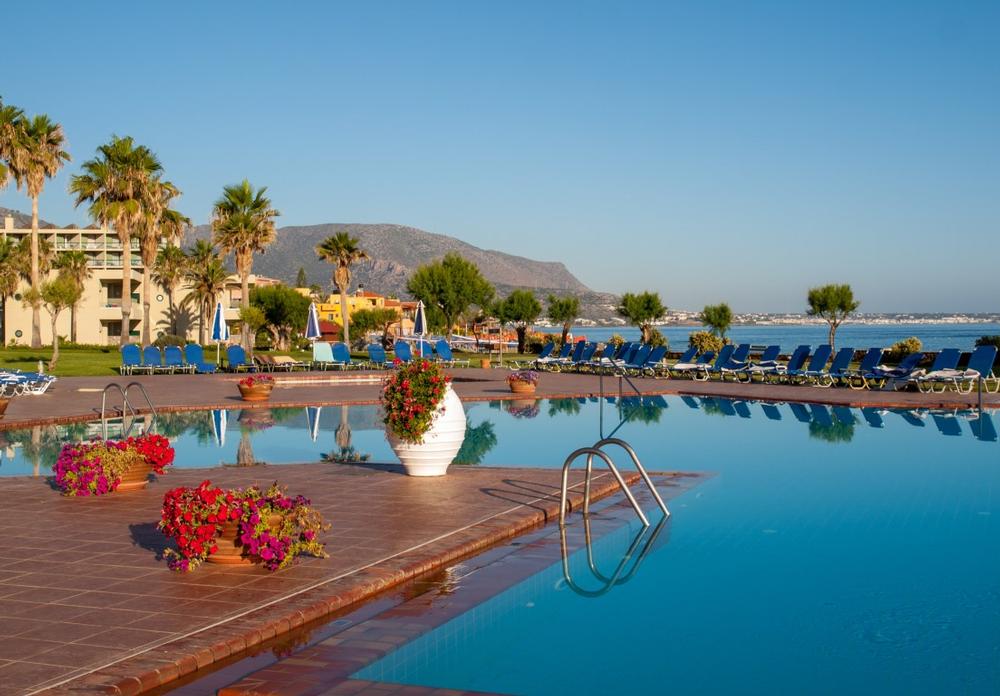
© wjarek/stock.adobe.com
Sitting just off Crete’s north coast, the Palace of Malia is named after the nearby town and framed by the Lasithi Mountains. What you’ll see today is the second version of the palace, rebuilt around 1650 BC after the first one was wiped out by an earthquake.
Highlights:
- Massive layout covering about 7500 square meters
- Unique architectural details like alternating wood and stone columns
- Impressive grand staircase and a mysterious pillar crypt
- Remains of a nearby Minoan town with signs of trade and crafts
- Less busy than other major sites—great for exploring at your own pace
Pro Tip:
This spot feels more open and raw compared to Knossos or Phaistos. Don’t miss the pillar crypt—it’s one of the most intriguing parts. Bring sun protection and maybe a snack—there’s not much shade or amenities nearby.
Malia, Heraklion 700 07, Crete, Greece
Phone: +30-28970-31597
wikipedia.org
4. Koules Fortress
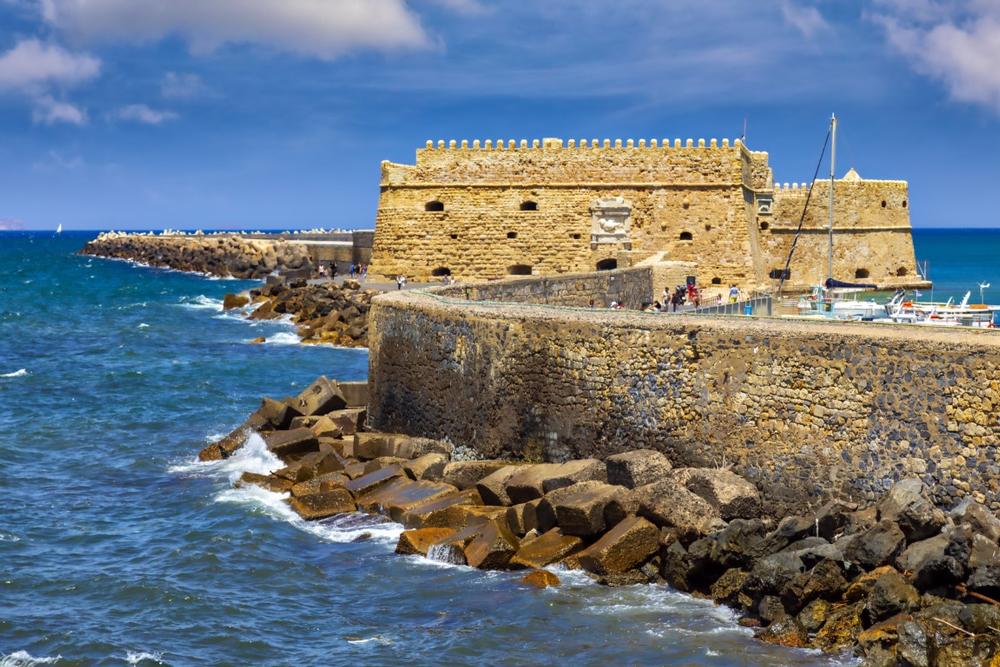
© vladographer/stock.adobe.com
Perched on the western edge of Heraklion’s harbor, Koules Fortress (also called 'Castello a Mare') is a tough-looking Venetian fort with serious sea views. Originally built to guard the port, it was rebuilt in the 1500s and has taken a few hits over the centuries—but it's still standing strong.
Highlights:
- Massive 16th-century stone fortress overlooking the sea
- Walls nearly 9 meters thick at the base
- Three heavy wooden doors at the entrance
- Original cannon positions still visible on both levels
- Restored ramparts and an impressive Venetian lion relief
Pro Tip:
Climb up to the top for some epic harbor views. The stone interiors stay cool, but the sun on the ramparts can be intense—so bring sun protection and a camera. Sunset here? Total vibe.
Heraklion Harbor, 712 02, Crete, Greece
Phone: +30-2810-280370
wikipedia.org
Attractions for Couples
5. Heraklion Archaeological Museum
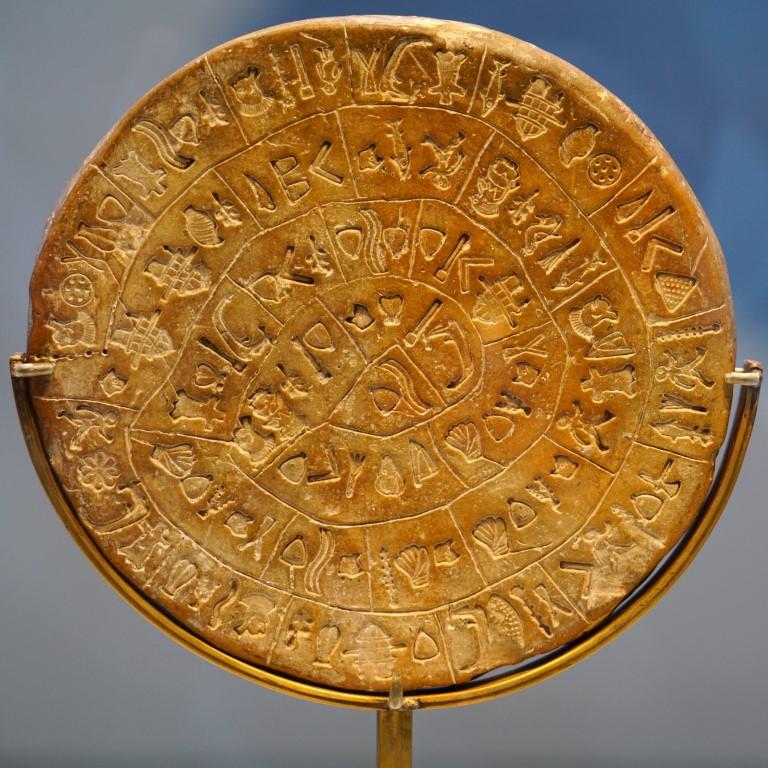
© Aleksei/stock.adobe.com
Right in the heart of the city, the Heraklion Archaeological Museum is a must for anyone curious about Crete’s past. It’s one of the biggest museums in Greece and honestly, one of the most important in all of Europe.
Highlights:
- Massive collection spanning 5500 years of history
- Artifacts from Neolithic, Minoan, Classical, and Roman eras
- Built between 1935 and 1958 on an old monastery site
- Permanent, temporary, and touring exhibitions
- Active educational programs and cultural events
Pro Tip:
This place is air-conditioned and perfect for a mid-day break. Don’t skip the Minoan art and pottery section—it’s wild how advanced they were. Bonus: the ruins of the old St. Francis monastery are still visible on-site!
Xanthoudidou & Chatzidakis (Eleftherias Square), 712 02 Heraklion
Phone: +30-2810-279000
heraklionmuseum.gr
6. Chania Old Town
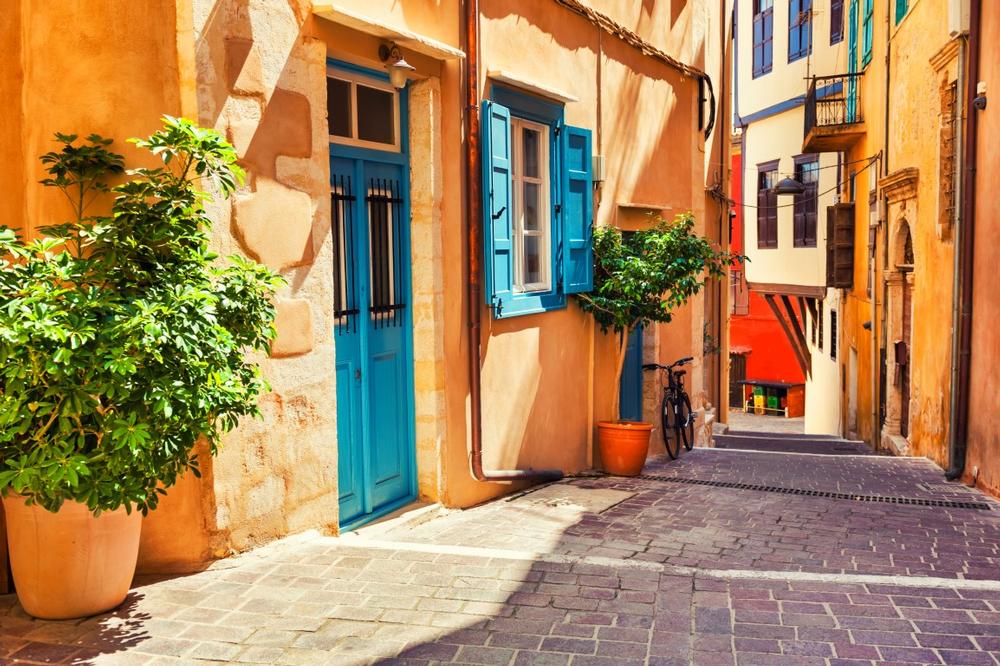
© smallredgirl/stock.adobe.com
Chania is Crete’s second-largest city, and it’s got serious charm. The city is split between the newer area and the enchanting old town, which is wrapped in history—even though most of the original Venetian walls are long gone.
Highlights:
- Wander through the historic old town with its mix of cultures
- Explore the scenic Venetian harbor and 16th-century lighthouse
- Quaint alleyways, ancient arches, and tucked-away staircases
- Eleftherios Venizelos Square—a lively hub for tourists
- Layers of history from Venetian, Arab, Byzantine, and Egyptian eras
Pro Tip:
The old town is best explored on foot, so wear comfy shoes and take your time. Early morning or late afternoon walks are super relaxing—and great for photos without the crowds.
Chania, Crete, Greece
visitgreece.gr
7. The Gorge of Samaria
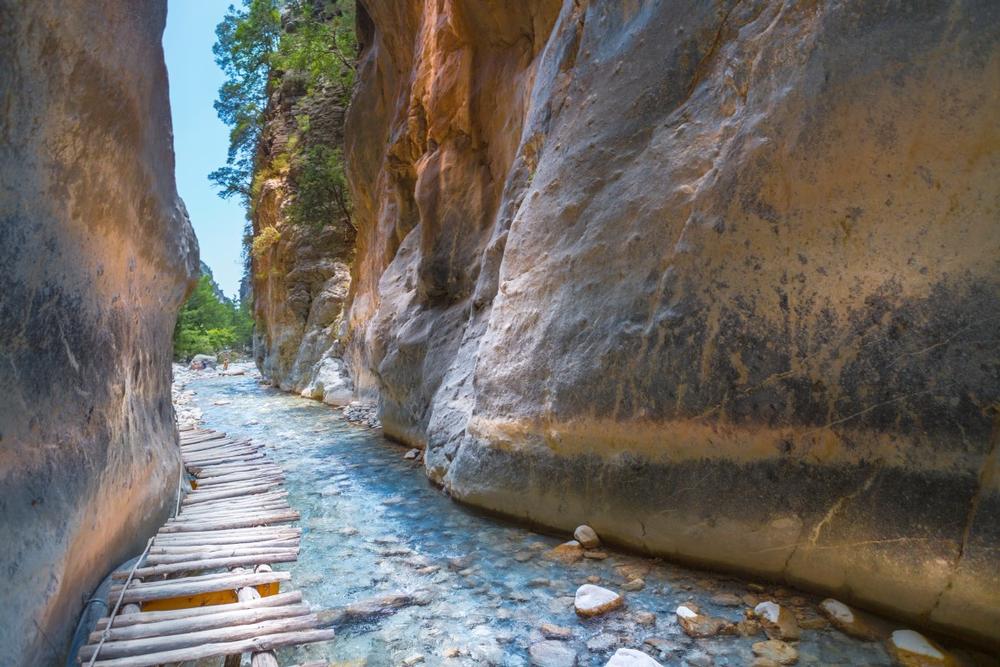
© proslgn/stock.adobe.com
Located deep in the White Mountains, The Gorge of Samaria is Crete’s second most visited attraction—and a total bucket list hike. From May to October, about a quarter million people take on this epic 16 km trail through dramatic cliffs and ancient cypress forests.
Highlights:
- 16 km hike through a stunning national park
- Starts high in the mountains at 1230 meters
- Ends at the coastal village of Agia Roumeli
- Massive vertical cliffs and rocky terrain
- Home to rare wildlife and ancient trees
Pro Tip:
Start in the afternoon to beat the crowds and avoid the strongest sun. Wear good hiking shoes, pack water, and be ready for a solid 5 to 7 hours of rough but unforgettable trail.
Samaria National Park, White Mountains, Crete, Greece
visitgreece.gr
8. Matala
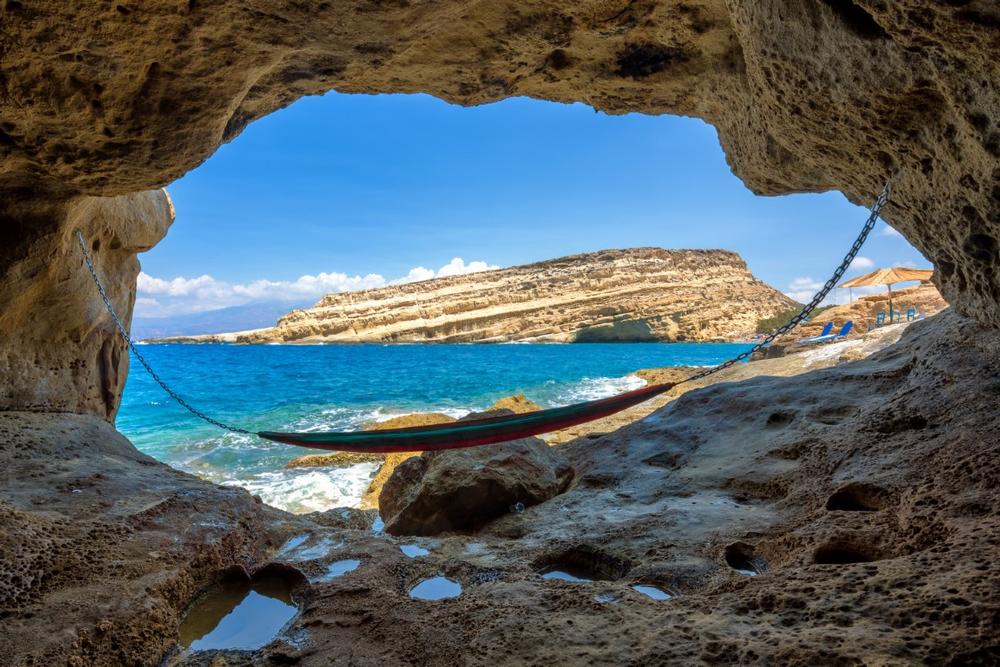
© gatsi/stock.adobe.com
Matala is a laid-back Blue Flag pebble beach on Crete’s south coast, tucked into the Bay of Messara. According to legend, this is where Zeus swam ashore disguised as a bull—so yeah, the place has some serious mythic vibes.
Highlights:
- Beautiful pebble beach with calm, clear waters
- Famous sandstone cliffs with ancient carved-out caves
- Once a hippy haven in the '60s and '70s
- Family-friendly facilities, beach volleyball, and play areas
- Cozy seaside restaurants and chill bars right on the sand
Pro Tip:
Climb up to the Roman and early Christian cave tombs for a wild view of the bay—just bring decent shoes. Stick around for sunset on the beach—it’s one of the best on the island.
Matala, Bay of Messara, Crete, Greece
wikipedia.org
Recommended Activities for Families
9. Crete Aquarium
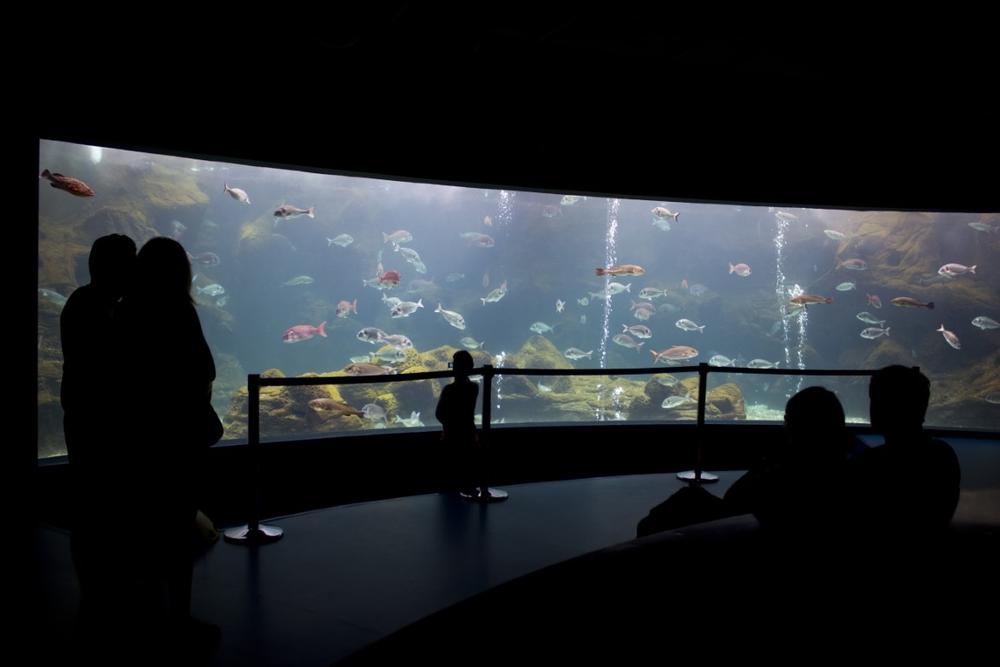
© emel82/stock.adobe.com
Located in the quiet village of Gournes, the Crete Aquarium is a fun and fascinating stop—especially if you’re into sea life or traveling with kids. Opened in 2005, it’s part of the Hellenic Center for Marine Research and showcases all kinds of Mediterranean marine ecosystems.
Highlights:
- 60 tanks with over 2000 sea creatures and plants
- Home to 2-meter sharks, giant turtles, and colorful reef fish
- Exhibits focused on the Mediterranean Sea
- Audio guides, guided tours, and behind-the-scenes options
- Special events like “Dinner Under the Sea” and candlelit concerts
Pro Tip:
Book a behind-the-scenes tour if you want to get close to the action—super fun for curious minds. If you’re around during the holidays, check the schedule for special evening events—they’re magical.
Former American Base in Gournes, 71500 Heraklion, Crete, Greece
Phone: +30-2810-337788
cretaquarium.gr
10. Spinalonga
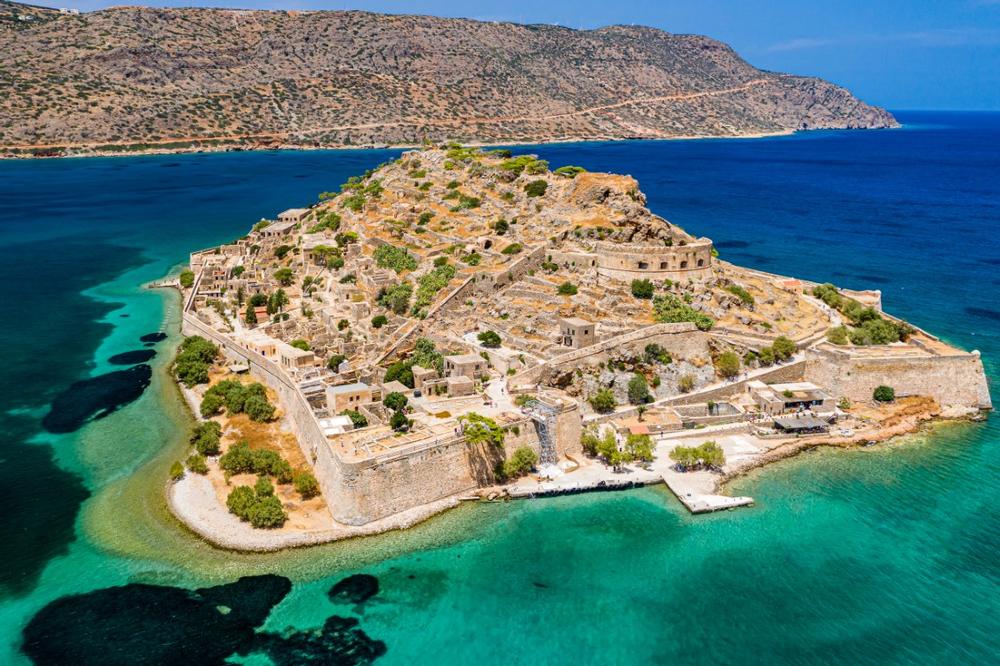
© whitcomberd/stock.adobe.com
Just off Crete’s northeast coast near Plaka, Spinalonga is a small man-made island with a surprisingly big story. Originally carved out by the Venetians, it was turned into a fortified outpost—and it held strong for over 50 years after the Ottomans took over the rest of Crete.
Highlights:
- Impressive Venetian fortress and blockhouses
- Last Venetian stronghold after the Ottoman conquest
- Later served as a leper colony from 1903 to the 1950s
- Uninhabited today but easily accessible by ferry
- Stunning views of the Gulf of Mirabello
Pro Tip:
Catch a morning ferry from Plaka or Elounda to beat the crowds and summer heat. There’s no shade or food on the island, so pack water, snacks, and sunscreen—plus a camera, the views are next level.
Off the coast of Plaka, Lasithi, Crete, Greece
whc.unesco.org
Where I Like to Eat in Crete, Greece
- To Stachi (Chania) – Vegetarian-friendly spot known for homemade Cretan dishes and warm hospitality.
- Peskesi (Heraklion) – Farm-to-table Cretan cuisine with rustic ambiance and organic ingredients.
- Avli (Rethymno) – Romantic courtyard dining featuring Cretan fusion and local wines.
My favorite local events:
- Renaissance Festival in Rethymno (Summer) – Open-air performances and music celebrating Cretan culture.
- Wine Festivals (July–August) – Celebrations in villages like Dafnes or Archanes with tastings and dancing.
- Greek Orthodox Easter (Spring) – Experience vibrant religious and cultural traditions across the island.
My favorite day trips within 30–60 Minutes of Crete’s main hubs:
- Rethymno Old Town (from Chania, 60 min) – Stroll Venetian streets and the Fortezza fortress overlooking the sea.
- Arkadi Monastery (from Rethymno, 30 min) – Historic monastery set in the hills with beautiful architecture and WWII history.
- Matala Caves (from Heraklion, 60 min) – Visit seaside caves once used by Romans and 1960s hippies.
- Bali (from Heraklion or Rethymno, 45–60 min) – Beach town with hidden coves and family-friendly resorts.
- Agios Nikolaos (from Elounda, 15–20 min) – Chic harbor town with lakefront cafés, boutiques, and art galleries.
Plan Your Trip












